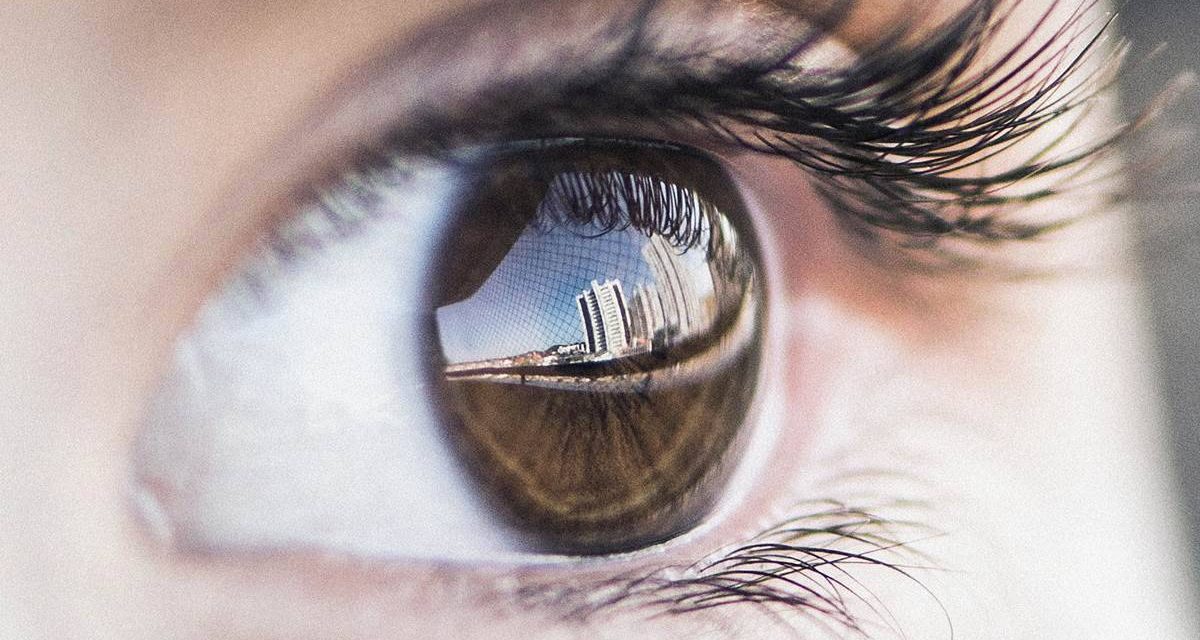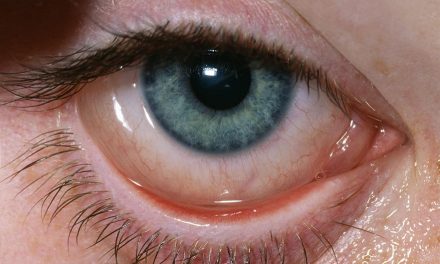How do tears work?
When it blinks, it spreads a sheet of tears over the eye. This keeps the surface of the eye soft and smooth. The tear film is important for good vision.
The tear film is made up of three layers.
A greasy layer
A watery layer
A layer of mucosaEach layer of the tear has a function.
The fatty layer is the outer part of the tear film. This makes the surface of the tear softer and prevents the tears from drying out too quickly. This layer is generated in the meibomian glands of the eye.
The aqueous layer is the middle of the tear film. It represents most of what we see as tears. This layer cleanses the eye, washing away particles that do not belong to the eye. This layer comes from the lacrimal gland that is in the eyelids.
The mucous layer is the inner layer of the tear film. This layer helps spread the watery layer over the surface of the eye to keep it moist. Without the presence of mucosa, tears do not adhere to the eye. The mucosa is produced in the conjunctiva. The conjunctiva is the transparent tissue that covers the white of the eye and the inside of the eyelids.
In general, the eyes constantly produce tears to stay moist. If we have irritated or crying eyes, the eyes produce a lot of tears. However, sometimes the eyes do not produce enough tears, or something affects one or more layers of the tear sheet. In those cases, the result is dry eyes.
Dry eye symptoms
These are some of the symptoms of dry eye.
Your eyes feel itchy and burning.
You have a scratchy or gritty feeling inside your eye.
You have blurred vision, especially when reading
There are lines of mucus in or around the eyes.
Your eyes are red or irritated. This is especially the case when you are in a windy place or near cigarette smoke.
Wearing contact lenses causes pain.
Has many tears.It may sound strange to you that having a lot of tears in your eyes is a sign of a “dry eye.” But the eyes produce more tears when irritated by dry eyes.
Causes of dry eye
People tend to produce fewer tears as they age. Both men and women can get dry eyes. However, it is more common in women, particularly those who have already gone through menopause.
These are other causes of dry eye.
Some diseases, such as rheumatoid arthritis, Sjögren's syndrome, thyroid diseases, and lupus.
Blepharitis (when the eyelids become inflamed or red)
Entropion (the eyelids fold inwards); ectropion (eyelids fold-out)
Being in places with smoke, wind, or very dry weather
Staring at a computer screen for a long time, reading, and other activities that reduce flickering
Wearing contact lenses for a long time
Have refractive eye surgery, such as LASIK
Taking certain medications, such as:
diuretics (water pills) for high blood pressure
beta-blockers for heart problems or high blood pressure
cold and allergy medicines (antihistamines)
sleeping pills
anxiety and antidepressant medication
heartburn medicationsTell your ophthalmologist about all prescription and non-prescription medications you take.
A dry eye is a disease that consists of a shortage of tear quantity and a deterioration in the quality of the tear, causing inflammation of the eye’s surface. It is usually bilateral and is more common in women than in men, especially in the menopausal and post-menopausal periods.
Symptoms
Symptoms in dry eye patients can be discomfort, stinging, burning, burning, a feeling of dryness and grit, and even blurred vision and fluctuating visual acuity.
These symptoms are usually aggravated in dry environments with low humidity and in environments with a lot of wind. They are also aggravated when the patient stares and blinks a little.
Causes and risk factors
Dry eye is a multifactorial disease, meaning that there may be several causative factors. The most common cause is a hormonal alteration that leads to poor tear gland function and decreased tear secretion. Dry eye can be secondary to systemic diseases, especially autoimmune diseases such as rheumatoid arthritis and systemic lupus erythematosus.
Risk factors for a patient to develop dry eye are:
Age and sex. The older you are, the more likely you will develop dry eye. If it is a woman, greater risk.
The use of contact lenses, chronic eye drops, and history of eye surgery.
Incomplete closing of the eyelids and infrequent blinking.
Diseases inflate chronic diseases of the eye's surface, such as chronic allergic conjunctivitis and eye burns.
Patient with autoimmune disease.
The use of some chronic systemic drugs such as antidepressants, antihypertensives, and antihistamines, among others.
The abusive use of the computer or other electronic reading devices that the patient has to stare at causes a decrease in the frequency of blinking and thus, increasing the evaporation of the tear on the ocular surface.
Dry environment, with little humidity or with a lot of wind.Types
The tear film consists of 3 layers; the lipid layer produced by the meibomian glands in the eyelids, the watery layer produced by the main lacrimal glands, and the mucin layer produced by the cells on the surface of the eye. There are 3 main types of dry eye:
The deficit of the aqueous layer. There is a lack of tear quantity.
The deficit of the lipid layer. The tear is normal, but it lacks the outer layer consisting of lipids that prevent excessive evaporation of the tear film. The tears of these patients quickly evaporate, causing evaporative dry eyes.
Mixed type of deficiency of the aqueous layer and the lipid layer. It is the most common type.Prevention
Some risk factors for dry eye are preventable, such as the abuse of computers and electronic reading devices and the abuse of the use of contact lenses.
In the first case, if you cannot avoid using the computer for long continuous hours, you should frequently blink while reading, and you should rest for 5 minutes every hour of reading to avoid the development of dry eye called the computer vision syndrome.





